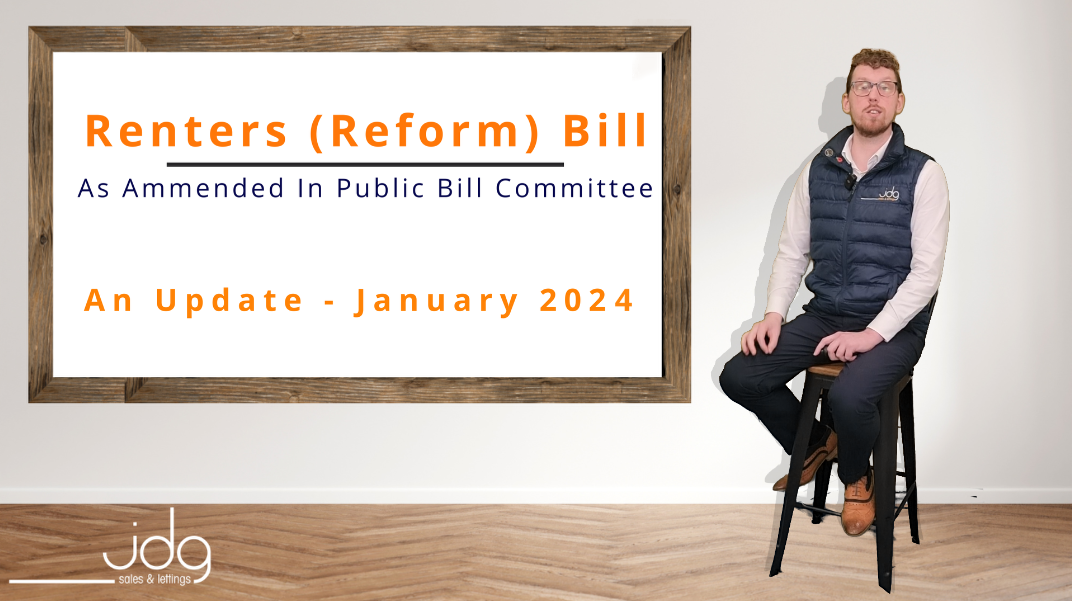Green Spaces in Sustainable Building Design
Green spaces offer a number of different benefits to communities and cities. They can foster social connections, improve air quality, provide opportunities for physical activity, promote healthy eating and more. These benefits can also be considered when designing Sustainable buildings. This includes minimizing waste generation, opting for renewable and recycled materials and implementing construction waste management plans.
The most significant advantage of green spaces is that they help to reduce air pollution by filtering harmful pollutants and releasing oxygen. This can improve the health of populations, particularly those sensitive to air pollution such as children and the elderly. Additionally, green spaces can help to reduce energy costs in building by allowing them to benefit from natural cooling and insulating elements such as vegetation and trees.
To maximize these benefits, it is important for green spaces to be located within walking distance of urban buildings. This ensures that a large percentage of the population can access them regularly and will use them for their intended purpose. It is also recommended that green spaces include playgrounds and seating to encourage recreational activity. This can help to promote physical activity in the city and reduce obesity rates.

The Role of Green Spaces in Sustainable Building Design
Furthermore, it is essential to make sure that green spaces are placed in well-mixed and heterogeneous neighbourhoods. This way, they can serve as meeting places and centers of community life and prevent the formation of segregated districts.
In addition to providing social and environmental benefits, green spaces can also contribute to economic development by creating jobs in areas where employment is low. Furthermore, green spaces can act as tourist attractions, encouraging visitors to spend money in local businesses. Finally, green spaces can also be used for education and outreach, helping to raise awareness about environmental and sustainability issues.
Although the majority of people support the development and protection of green space, there are some concerns that need to be addressed. Some of the most significant include the lack of adequate supply in urban regions, a shortage of multifunctional spaces and conflicts of use, economic speculation on property values near green space and poor security.
Additionally, some disadvantaged groups have difficulty accessing green spaces due to lack of mobility and sparse financial resources. These challenges can be overcome by promoting more affordable and accessible housing near green space, implementing multifunctional spaces and ensuring that security measures are in place to prevent criminal activities. Additionally, it is necessary to make sure that green space development goes hand-in-hand with the growth of sustainable businesses and the development of urban infrastructure.
This will allow green spaces to become a key component of the city’s future. To achieve this, a holistic approach to urban planning and development should be implemented that takes into account the needs of all stakeholders. This includes incorporating green infrastructure into the design of new buildings, ensuring that they are well-integrated with existing green spaces and providing a range of educational and outreach activities.




